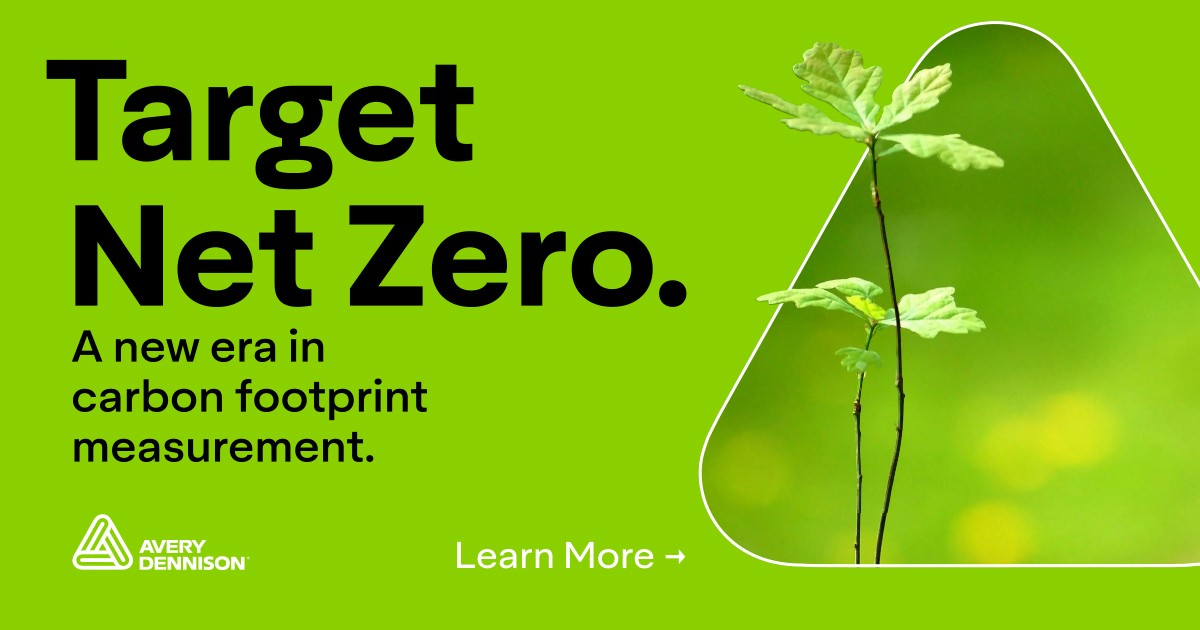Key Definitions
What is a Life Cycle Assessment (LCA)?
Life cycle assessment, or LCA, is an analysis technique to assess environmental impacts associated with all the stages of a product's life, which is from raw material extraction through materials processing, manufacture, distribution, use, and final disposition. LCAs are multi-factored and can show environmental impact from a variety of perspectives. These can be used to determine the pluses and minuses of product construction. The terms used to describe LCA often include “cradle-to-gate”, “cradle-to-grave” or “cradle-to-cradle”: impact from raw material extraction (cradle) to the factory gate, i.e. before it is transported to the consumer (gate), to final disposal (grave) or back to raw materials in a regenerative design (cradle).
What is a carbon footprint?
A carbon footprint is the total greenhouse gas emissions caused by an individual, event, organization, service, or product, expressed as carbon dioxide equivalent. Carbon footprints for products show the greenhouse gas emissions throughout the entire production process from raw material extraction (cradle) through final disposition (grave) or re-use (cradle to cradle).
What is the key difference between an LCA and product carbon footprints?
LCA is a tool/methodology that can help you to assess the potential environmental impacts of a product system throughout its life cycle. A carbon footprint at the product level is a special application of the LCA methodology that specifically focuses on greenhouse gas emissions.



